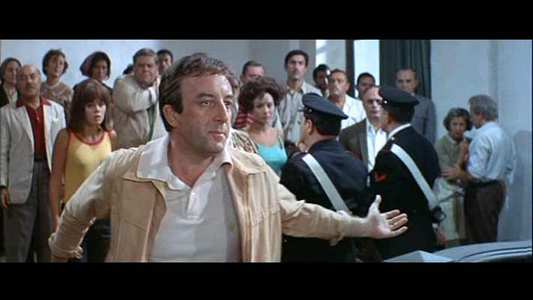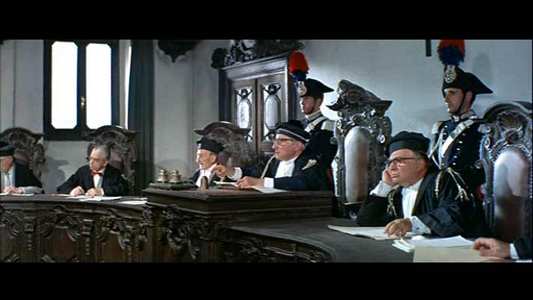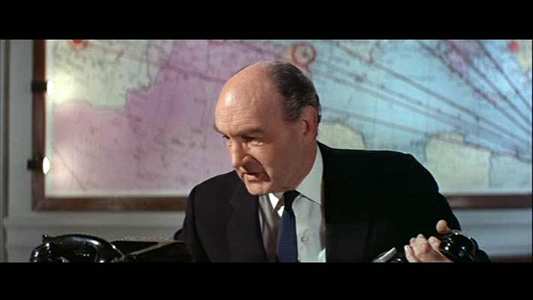Review of After The Fox
Introduction
Once a staple of Sunday afternoon television, After The Fox finally arrives on DVD looking the way it should. A woefully underrated Sellers comedy from the mid-sixties, this movie has always been seen in a worse-for-wear pan and scan print on BBC1. This release presents the picture in full Panavision - 2.35:1 and the results are frequently striking.
After The Fox (Caccia Alla Volpe in its official title) is the story of Aldo Vanucci, Italian master criminal and master of disguise. Breaking out of jail to keep his wayward, starstruck sister Gina (his then wife Britt Ekland) on the straight and narrow, he hatches a plan to smuggle the stolen gold bullion of Cairo into Italy under the cover of a fake movie production. This involves stealing a camera, crane and assorted equipment off Vittorio DeSica, then hiring a has-been actor (the great Victor Mature) to star opposite Gina. The unit descends on a small fishing village and soon everyone including the local chief of police (Monte Carlo Or Bust`s Lando Buzzanca) is roped into the production, which Aldo is making up as he goes along.
Victor Mature (the Stallone of his day) is magnificent sending himself up as a faded Hollywood hero, blackening his hair with boot polish to wind back the years. Martin Balsam plays his agent, continually flummoxed by Aldo`s directorial style. Neil Simon (making his screenwriting debut) recalled in his memoirs that the rough cut of the film was incomprehensible because the Italian editors had cut virtually every punchline to every joke as they didn`t understand a word anybody said. The film was re-edited in England by Russell Lloyd.
In Austin Powers: Goldmember Mike Myers shamelessly homaged off the sequence where Sellers discusses plans with his contact (Akim Tamiroff), but to avoid suspicion, Sellers addresses himself to Tamiroff`s girlfriend who lip-synchs Tamiroff`s answers.

Video
The test disc disagreed with my usual setup, so I had to substitute a different player with some different characteristics. The movie is presented in its original 2.35:1 anamorphic widescreen, which only goes to underline the awfulness of the old outings on tv in pan and scan. The image is expansive, full of Italian gesticulation which is lost in the cropped form of the film. It has to be said that this movie has suffered from the passage of time, and with this being a bare-bones release one can only assume MGM has not given top-line restoration treatment to it. The print does show some wear and tear, including a couple of really ugly splices. Colours are bright but not oversaturated, the image shows a nice contrast range but it`s by no means reference quality.

Audio
For this film, the sound is quite a disappointment. The original Mono soundtrack is faithfully reproduced in Dolby Digital 2.0. This is a disappointment because the film boasts a score by Burt Bacharach, including an infernally catchy theme song with lyrics by Hal David and performed by The Hollies and Peter Sellers. There is (or was) a Rykodisc release of the soundtrack which is up there with Bacharach`s scores for What`s New Pussycat and Casino Royale for sheer fun.

Features
Bare-bones, remember? Subtitles only.

Conclusion
An adequate presentation of one of the most underrated of Peter Sellers` movies. Wittily written by Neil Simon and directed by Vittorio DeSica, the movie has built up a cult following over the years. This is the one with Sellers on a rooftop with only a layer of soap suds and a couple of startled pigeons for modesty. Sheer class.
Your Opinions and Comments
Be the first to post a comment!